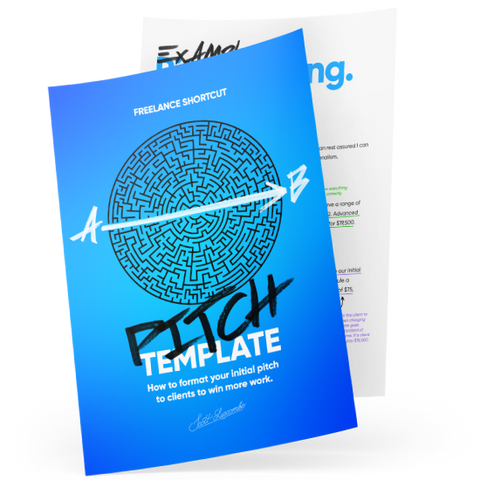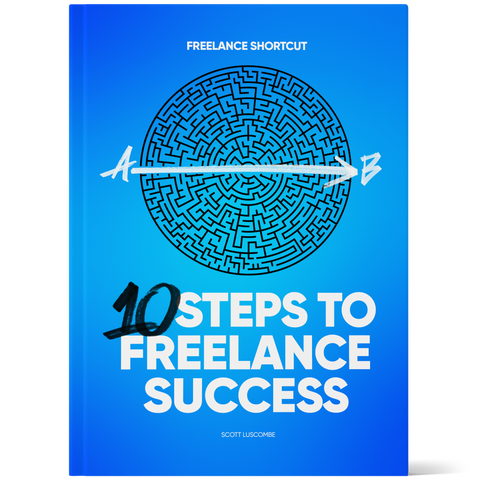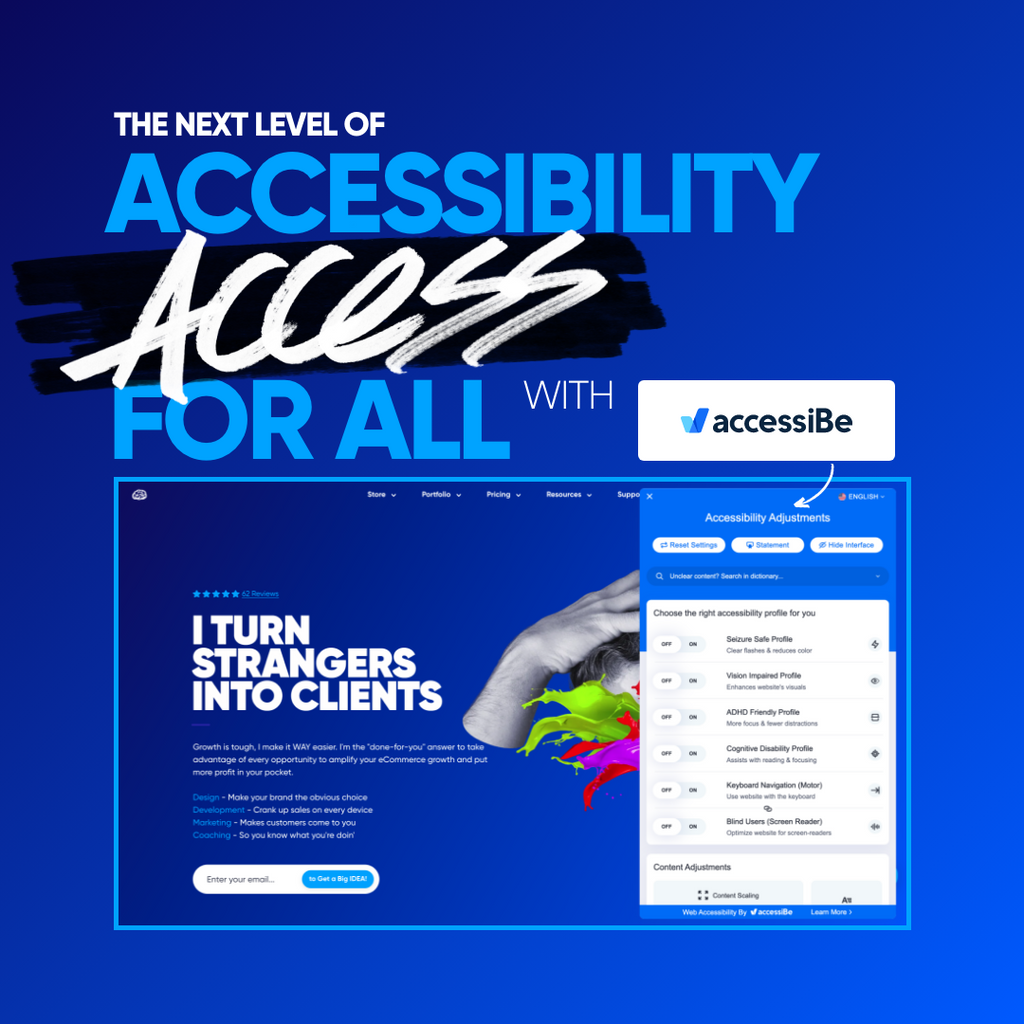So why would you need a retainer?
The main advantage of a retainer is that it brings consistent cash flow. Your reasons to seek a retainer can vary, and some of the popular reasons that I hear are:
- It takes months to close sales, if and when they do.
- When you finally close a client, you only get the deposit.
- You close a project, and you won’t get more work for a few months.
- Projects go dormant because clients don’t get back to you on time.
- Depending on a client’s pay cycle, your payment can get delayed by days or months at a time.
- Future projects with a client get sidelined or canceled.
A retainer mitigates all of these issues. When you are on a retainer contract, you are promised a retainer fee i.e a certain amount of money for a set time period. In a case where the client wants to cancel a project, these contracts have clauses for that. But for the most part, they work smoothly and provide your business with room for growth.
So what even is a retainer?
A retainer agreement is a commitment by the client to pay a fee in advance every month to ensure that your services will be available to them for a prolonged period. The client makes a deposit every month regardless of their needs. However, it's only partially true, because a retainer client will most likely require a set amount of work which is in line to the scope in a retainer agreement.
Regardless, retainer clients bring stability to your freelance business without you having to fight for new business at the end of every month or quarter. You have a set amount of money for a set time period, this means that you can scale back on certain client acquisition activities and focus on other areas of business development.
How do you sell a client on a monthly retainer?
We understand what a retainer is, and that’s great because now we can start selling retainer agreements to clients.
When thinking of retainers, first understand if you have a service that you can sell as a retainer. If you are a logo designer, and only work on logos, your services may only be useful to agencies who create logos regularly and be a “one-off” for individual businesses. These suggestions are based on the assumption that you have a retainer service, in which you understand the services that you will provide to a client's business.
Whatever your case, before you think of proposing a retainer, you need to know what the retainer entails. Below you will find steps to seek a retainer client, close them and then retain them i.e renewing retainers.
Sell to current and previous customers
The best place to sell something is to sell it to people you’ve sold to before. These clients trust you and you have driven results for them before. Once you have a retainer service, you can pitch it to the clients that you know will benefit from your service.
When reaching out to old clients to sign up with a new service, make sure you briefly summarize what you did before, and with their long-term goals in mind, pitch this service to them. Most design briefs ask clients for project goals and business goals, so you can quite cleverly place your service and define its value proposition to them.
When contemplating what clients to reach out to, pick the ones that have recurring needs every few months or so. Tell them how a retainer service will benefit them, and what business growth they can expect from it. Remember, people buy what they understand, so while you do the work, they must understand the start and end point of this retainer and the work done. Every business has a pain point, if you can seek it and fix it, you have a retainer on your hands.
With new clients, first, acquaint yourself
You won’t sign a monthly payment on a car that you haven’t test driven, or a mortgage on a house you never saw. So what is the motivation for a client to onboard you as their freelancer/contractor?
No matter how huge the company is and how affluent the business is, the client needs to know and trust you, to hand over their money to you. Cell phone companies give phones out for free on a monthly contract and software companies allow free trials. Once the customer offloads the initial risk of trying something, they are more likely to buy from you if you deliver on your promise.
Depending on where you are in your career you can do free or paid discovery calls with your clients. A discovery call is a low-risk investment in terms of time and money. This is an opportunity to show your potential clients your past results and what you can do for them. Tell them how working with you can save them money, or allow them to earn more of it.
As a recommendation, make a discovery call a part of the process of any project, and seek upfront payment for an hour's worth of your time or more. Many consultants use this strategy in their consulting business, where consulting with a client is the service.
A client who won’t pay $50 for a discovery call won’t sign up for a $500 or $5000 retainer. Don’t get too salesy on the call though, be clear on what you do and how it helps. Have a dependable dales process to gain the client’s trust, the money will follow if you can do the former.
Don’t just bundle up hours
A lot of freelancers who seek retainers bundle up their hours and their pitch for the client is “I am an XYZ service provider and with a retainer, you save X amount of dollars if you sign up for 40 hours a week”
There are a couple of things wrong with this approach. One is that clients don’t care how long you spend working on their projects, as long as you get the results you bring. The client also doesn’t know if they are getting a deal or are being overcharged in the clothing of a deal, further increasing distrust.
Secondly, if you take 20 hours to do something in the first week, consequently, you will become faster at it which can either mean less pay for the work you do or more work than you signed up for (leftover hours). You will always take time when doing something new but will become more efficient as time progresses.
That is what you sell value and not the hours. Instead, tell them what you will do for them every month and what value will it bring to them in the long term.
For a marketing professional, this can entail Hubspot integration, two blog posts a week, two landing pages a month, one email newsletter per week, one social media post a day, and one top-of-the-funnel offer (eBook, Webinar) every quarter.
A breakdown of the services that you will provide clarifies the value that the client is receiving for their money every month. To really drive the point home, have an annual goal for them like; we will bring 500 leads every month through your site, by the end of the year. This makes the ROI tangible for your client, which makes them more likely to sign up.
Make clear and tight contracts
If you can win a retainer client, well kudos to you. It isn’t easy but doable if you follow the steps above. But now it's time to make clear and tight contracts that inform the client on what to expect and protect you from scope creep or overworking.
When creating contracts, define what the client can expect and how you would deal with edits and revisions. Be as clear as possible and if you wish to allow for minor revisions, define what minor means in terms of the time taken to revise.
An alteration to strategy in the initial phases of a project may be a minor revision, but halfway into the year, it's a whole new animal. If you talk about revisions as a designer, a color change is a revision but redoing a whole logo design isn’t.
Maintain enthusiasm and accountability
With one-off projects, it's easy to be excited about the project, and the value-driven is quite apparent. The clients didn’t have something at the start of the process, but by the end of it, they got it and both of you walked separate ways.
For retainer projects, it is up to you to provide a monthly report and metrics for your client to see what you have accomplished in the last month. The clients will need periodic reassurance, even when they don’t ask for it. So its safe to also have meeting on the monthly basis to discuss results and strategy.
This will make sure that your retainer clients understand your ongoing value, continually work with you while and also recommend you to their peers. This means more business, with hot leads coming to you. What more could one ask for?
Conclusion
Retainer clients are a great way to defray the month-end panic of seeking new client work every time you complete a project. A retainer client can allow you consistent cash flow into your business and the peace of mind for you to focus on other business development activities beyond client acquisition. Working with retainer clients requires trust building and a clear picture of the results that you can drive for them. Overtime working with retainer clients can entail dependable long-term growth for your freelance business and increased satisfaction in your freelance work. With only a few clients on retainers, you can generate a full-time income for yourself and so much more!

How to get retainer clients instead of one-off projects?
Then, pick one of these:

Daily Freelance Business Leads

Freelance Pitch and Proposal Template





